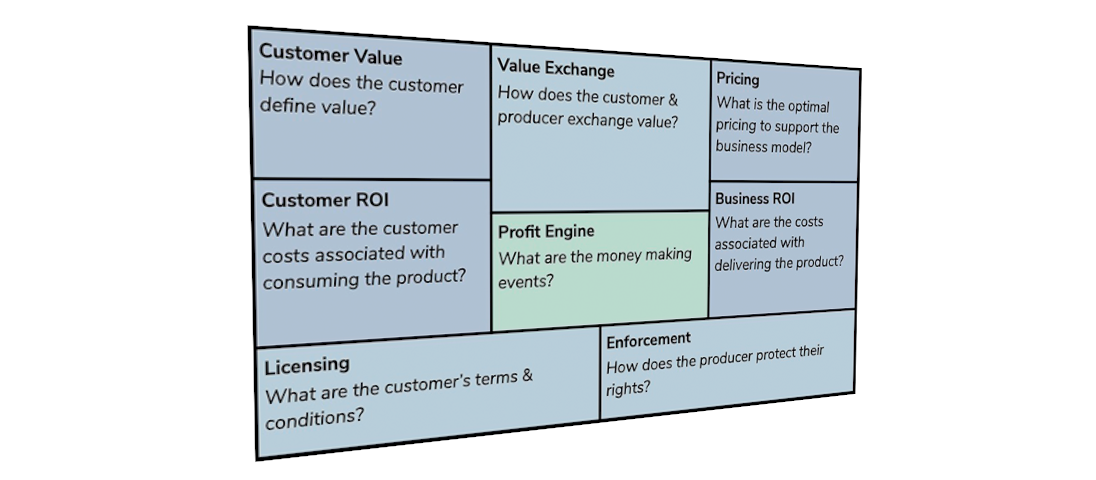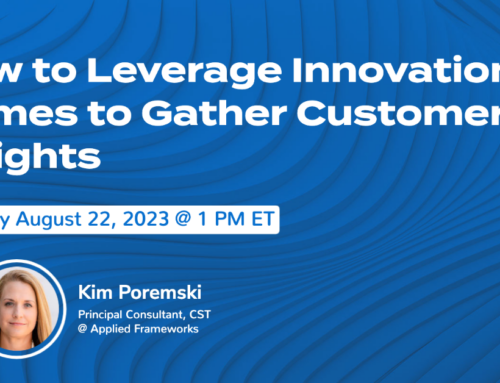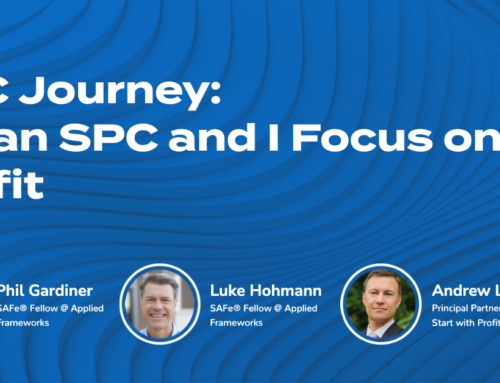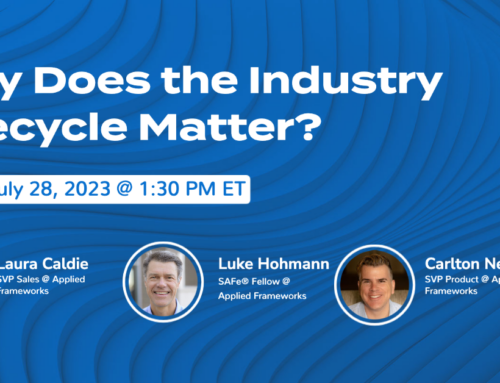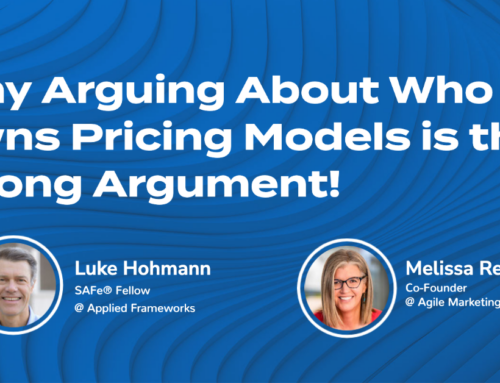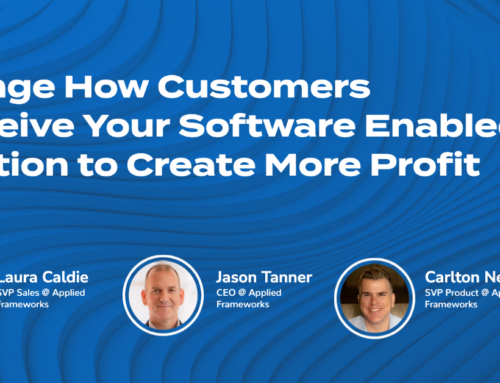While there are many great resources for understanding and documenting a business model, few give deep insight on maximizing software product profitability. This is particularly vexing for new product managers, who are left to learn this on their own, often relying on shallow internet tutorials and out-of-date business school concepts.
In this article, we will summarize a relevant lesson from Applied Frameworks’ new Product Management Accelerator certification program, which is specifically designed to train software product managers from entry-level to expert.
Think Holistically about Software Product Profitability
A winning product needs more than a “if you build it, they will come” business plan. Identifying a profitable and scalable software business model requires holistic thinking about a number of interrelated factors: return-on-investment (ROI), pricing, licensing, enforcement, value exchange and a few others that we outline below. The ways in which you adjust and tweak these items defines how much profit the business can earn and the rate at which profit grows.
Through years of first-hand experience as product managers, consultants, and trainers, we have found there are eight components which drive profitability for software-powered products and services. Where you start your thinking about these factors does not matter (much), but thinking about these items in isolation often results in diminished profits for the enterprise. If you do not think about these components at all, well… you have a problem.
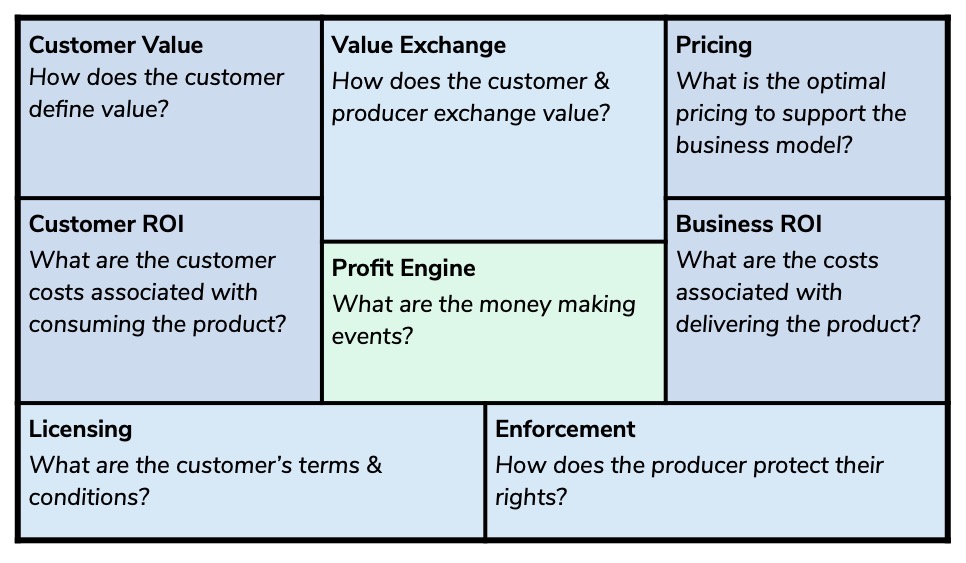
The Eight Components of Software Product Profitability
- Customer Value: The first step in developing any business model is to accurately describe the customer(s) and their goals. Without this information, there can be no profitable value exchange. One of the best ways to drive the growth of a profitable business model is to identify the important jobs customers have to complete (relative to your value proposition), the essential gains they desire, and the extreme pains they encounter (relative to the execution of those jobs or their acquisition of the gains).
- Customer ROI: An important next step in defining your business model is a thorough understanding of how the customer calculates ROI as it relates to the total cost of ownership of your product’s value proposition. At the simplest level, customer ROI needs to be positive (i.e., the customer gets more benefit from the product than what they paid to purchase or use it). However, customer ROI is more complicated than, “What’s it gonna cost me?” because customers also consider additional expenses, such as: opportunity costs associated with the buying process, lost productivity while learning how to use the product, and any costs associated with product installation, maintenance and decommissioning.
- Business ROI: You cannot optimize your business model for profit unless the costs associated with developing, maintaining and supporting your product are clearly quantified and modeled. This means opening up a spreadsheet, calculating these costs and modeling profitability based on different price points to determine under which conditions the business model is profitable or not.
- Value Exchange: Value exchange is the mechanism by which customers provide a producer value – normally it’s money – in exchange for using the producer’s products or services. For software-powered products, there are at least seven types of value exchange. In practice, it’s fairly common to use multiple value exchange models within the same business model. Determining the optimal value exchange for a profitable business model is based on multiple factors, such as: the technical capabilities of your product, customer value, customer ROI, pricing, and your profit engine.
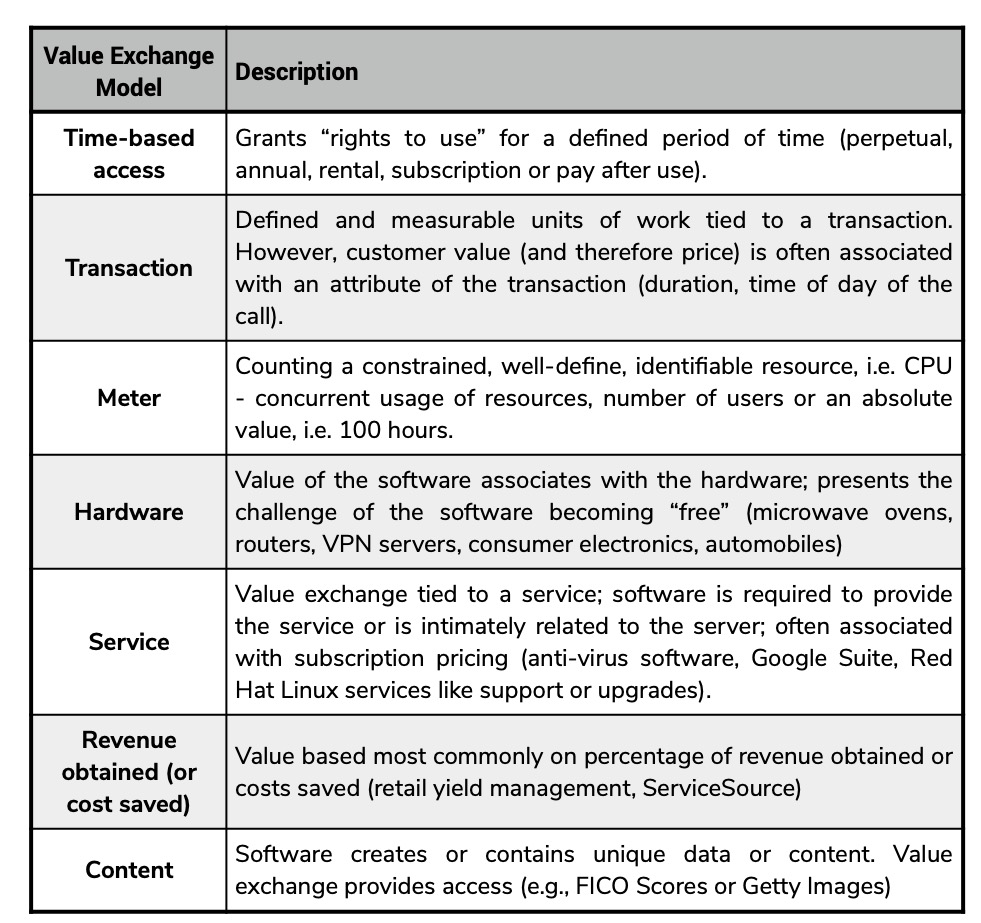
- Pricing: Pricing will yield the most profit when the price is based on how much value you offer the customer, not how much it costs to produce the product. Products and services which resolve really difficult and really complex problems command a premium price, which means they have a strong profit margin. However, price the product too high and you’ll lose market share and growth will stall. One the other hand, price the product too low and profit margins dwindle and you can’t support the business ROI.
- Profit Engine: At the heart of your business model lies its profit engine. The profit engine represents all the unique value exchange transactions that are generated by the customer as they use the product or service. The profit engine is what generates money-making events for your business. Because each transaction represents a profit opportunity for your business, it is advantageous to maximize the number of transactions per customer. In our experience, many of our clients struggle with profitability because they cannot describe their profit engine or unleash the necessary number of money-making events to support their growth goals.
- Licensing: This describes everything the customer can do and receive as a result of their purchase, or use, of the product or service. Licensing also places restrictions on what the customer cannot do and doesn’t receive. Rather than being arbitrary and capricious, these restrictions are additional opportunities to generate new value exchange transactions, further revving the profit engine for the business.
- Enforcement: This is the mechanism by which the terms and conditions of the product licensing are discharged. Enforcement is crucial to profitability because when the customer violates the terms and conditions, this is an added value exchange transaction to be leveraged by the profit engine. The sophistication of your enforcement mechanisms is based on the technical capabilities of your product, the specifics of the product licensing and the value exchange model(s) you have selected.
How to Get Your Product Team Thinking Holistically
If you are a senior product manager, you have probably spent years learning these lessons through trial-and-error. And if you have had to apply the concepts across multiple products in a single business, you may have learned a thing or two about portfolio management.
Should the next generation of product managers in your business need to go through the same arduous learning curve? We think not. That’s why we built the Product Management Accelerator training program. We think you’ll find it valuable – whether you’re just getting started or a seasoned veteran – and encourage you to give our free trial a shot to find out.

